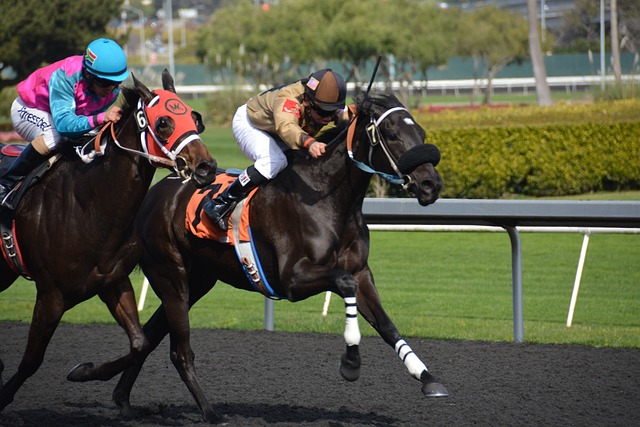In sports betting, underdogs hold a special appeal. They offer higher payouts and the thrill of rooting for the unexpected. But chasing every long shot isn’t a sustainable strategy. The real value lies in identifying when an underdog has been undervalued by oddsmakers—when the gap between actual ability and perceived weakness offers a betting opportunity. To succeed, bettors must move beyond emotion and hype, using data and context to evaluate an underdog’s true potential.
Understand the Context Behind the Odds
Odds tell you more than just potential profit—they reflect public perception and bookmaker strategy. When a team or player is labeled an underdog, it often has less to do with actual ability and more to do with:
- Recent losing streaks
- Injuries or lineup changes
- Poor performance against specific opponents
- Media narratives or fan sentiment
Before betting, ask yourself: are the odds based on objective weakness, or are they inflated due to temporary circumstances? An underdog coming off three road losses might look weak on paper, but if those losses came against top-tier opponents, the narrative may be misleading.
Dive into Relevant Statistics
To uncover an underdog’s real potential, go deep into the stats—not just the surface-level win/loss record.
Look for:
- Point differential: Are they losing close games or getting blown out?
- Recent form vs season average: Have they improved over the last few games?
- Head-to-head matchups: Some teams simply match up well against others.
- Home/away performance: Underdogs at home may have stronger value.
- Style of play: Does the underdog’s strategy counter the favorite’s strengths?
Numbers often reveal what odds don’t. A team with a losing record that consistently keeps games close might have far more betting value than their reputation suggests.
Identify Motivation and Intangibles

Motivation is harder to quantify but crucial when evaluating underdogs. Ask: what’s at stake?
- Is the team playing to avoid relegation or reach playoffs?
- Are they facing a historic rival or playing on a special occasion (like a farewell game)?
- Are key players returning from injury, adding a morale boost?
- Has the coach recently made tactical changes or lineup adjustments?
These intangibles often don’t immediately affect odds but can play a big role in upsets. Tracking press conferences, team morale, and even social media activity can provide subtle clues that stats alone can’t show.
Analyze Betting Market Movements
Watch how the odds move in the hours or days leading up to the event. If an underdog opens at +300 and moves to +250, that suggests sharp money (from professional bettors) is backing them.
Key signs of value:
- Line movement in favor of the underdog despite public bets on the favorite
- Sudden shifts after insider news or injury updates
- Stagnant odds despite one-sided public sentiment (suggests confidence from the book)
Tracking betting lines can reveal where real confidence lies, especially if large volumes are backing the dog quietly.
Compare Underdog Odds Across Sportsbooks
Different sportsbooks evaluate risk differently. Always shop the line to find the best possible odds for an underdog. A small shift from +240 to +260 can mean a lot in long-term profitability.
Use this step to also verify consistency across the market. If most sportsbooks list a team as +250 and one suddenly offers +300, that anomaly may signal either opportunity or risk—so tread carefully and cross-reference with other factors.
Look for Fatigue or Complacency in Favorites
Favorites aren’t always reliable, especially in busy schedules or emotionally flat matchups. If a heavily favored team is coming off:
- A long road trip
- A high-stakes win
- A rivalry game
- A series of back-to-back games
They may mentally or physically ease off against a perceived weaker opponent. This is when underdogs strike, often catching top teams off guard. These spots can be prime value opportunities for smart bettors.
Calculate Implied Probability and Expected Value

Use odds to determine whether the bet is worth the risk. If an underdog is priced at +300, that implies a 25% chance of winning. If your research shows they have a 35% chance, you’ve found positive expected value (EV).
Formula to convert American odds to implied probability:
Implied Probability = 100 / (Odds + 100) for underdog odds (positive)
Understanding this helps separate smart bets from wishful thinking. Positive EV over time is the foundation of sustainable betting success.
Final Thoughts
Betting on underdogs isn’t about defying the odds—it’s about identifying where the odds are wrong. By focusing on context, statistics, team motivation, line movement, and implied probability, you can develop a sharper eye for when the dog actually has bite.
Underdogs carry risk, but also offer tremendous value when properly analyzed. The key is to stay patient, do the homework, and trust the data—not just the hype. In sports betting, the smartest underdog pick is rarely the loudest—it’s the one most overlooked.
